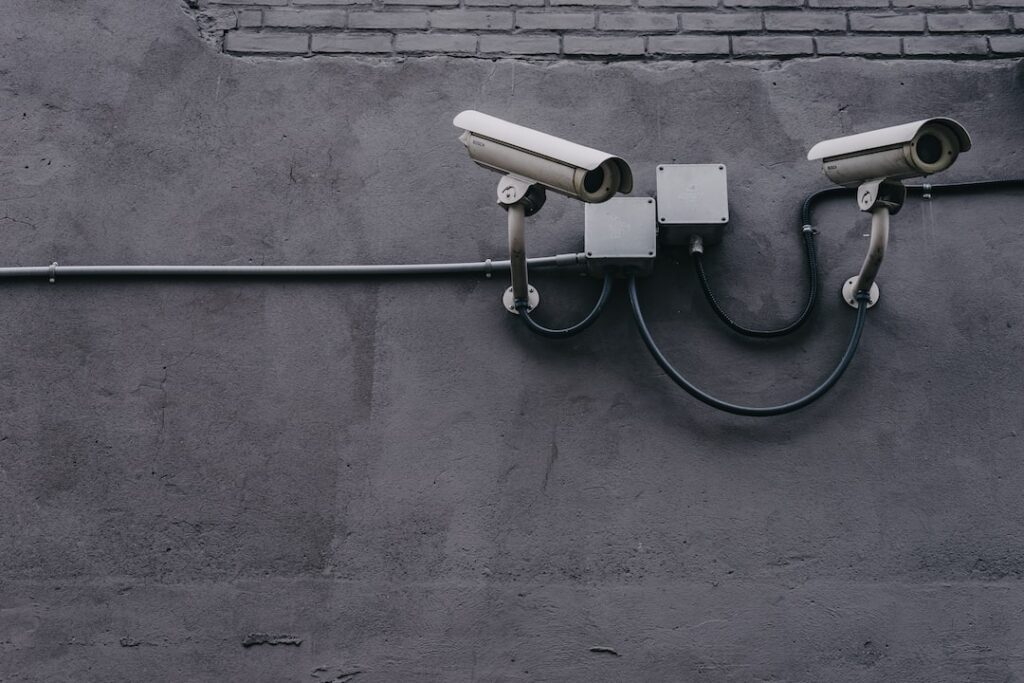Understanding the Importance of Security in Linux
When it comes to protecting your system, the importance of security cannot be overstated. Linux, being one of the most popular operating systems, is not immune to security threats. In fact, according to a recent study by Cybersecurity Insiders, 95% of organizations rely on Linux to run their mission-critical workloads, making it a prime target for cyber attacks.
In this blog post, we’ll explore the best practices to protect your Linux system and keep it secure from potential threats.
The Landscape of Security Threats in Linux
Before delving into the best practices, it’s essential to understand the landscape of security threats in Linux. Surprisingly, over 60% of web servers run on some form of Linux, making them a lucrative target for cybercriminals. Additionally, Linux-based IoT (Internet of Things) devices are increasingly becoming susceptible to attacks, with a 300% increase in IoT-related malware attacks in the past year alone.
Common Types of Security Threats
1. Malware: Linux systems are not immune to malware, with a 35% increase in Linux-specific malware targeting IoT devices.
2. Phishing: Social engineering attacks, such as phishing, remain a prevalent threat, with 56% of IT security professionals reporting phishing and social engineering as their top concerns.
3. Vulnerabilities: Linux vulnerabilities are on the rise, with a 40% increase in reported vulnerabilities in the past year.
Best Practices for Securing Your Linux System
Now that we understand the significance of security in Linux, let’s explore some best practices to protect your system from potential threats.
Regular Software Updates and Patch Management
One of the most critical steps in securing your Linux system is to ensure that it is up to date with the latest security patches and software updates. Surprisingly, 70% of successful attacks exploited known vulnerabilities for which patches were available but not applied.
Implementing Strong Authentication Mechanisms
Utilizing strong authentication mechanisms, such as multi-factor authentication (MFA), can significantly enhance the security of your Linux system. Shockingly, 81% of data breaches involve weak or stolen credentials, making strong authentication crucial in mitigating such risks.
Configuring Firewalls and Network Security
Configuring firewalls and implementing robust network security measures can help protect your Linux system from unauthorized access and external threats. It’s surprising that 67% of organizations experienced a successful cyber attack that originated from an external source, demonstrating the need for strong network security.
Enabling Disk Encryption
Enabling disk encryption on your Linux system can safeguard your data in the event of theft or unauthorized access. Shockingly, over 60% of organizations that experience a data breach have sensitive data compromised due to lack of encryption.
Monitoring and Log Management
Regularly monitoring your system and managing logs can aid in detecting and mitigating security incidents. Surprisingly, 57% of successful breaches took months or longer to discover, highlighting the importance of proactive monitoring and log management.
How to Apply These Best Practices in Your Daily Life
Now that we’ve discussed the best practices, let’s explore how you can apply these strategies in your daily life to secure your Linux system.
1. Set Up Automated Updates: Configure your Linux system to automatically check for and apply updates on a regular basis to ensure it remains protected against known vulnerabilities.
2. Utilize MFA for User Accounts: Enable multi-factor authentication for your user accounts to add an extra layer of security, especially for remote access or privileged accounts.
3. Configure Firewall Rules: Take the time to configure firewall rules to restrict unauthorized network traffic and only allow essential services to communicate with your system.
4. Enable Full Disk Encryption: If your Linux distribution supports it, enable full disk encryption during the installation process or encrypt existing disk partitions to protect your data at rest.
5. Set Up Log Monitoring: Use tools like rsyslog or systemd-journald to centralize and monitor system logs, enabling early detection of potential security incidents.
Summary
In summary, securing your Linux system is crucial in the face of increasing cyber threats. By staying informed about the evolving landscape of security threats and implementing best practices such as regular updates, strong authentication, network security measures, disk encryption, and proactive monitoring, you can significantly enhance the security of your Linux system. Remember, the proactive steps you take today can help safeguard your system from potential attacks in the future.
















